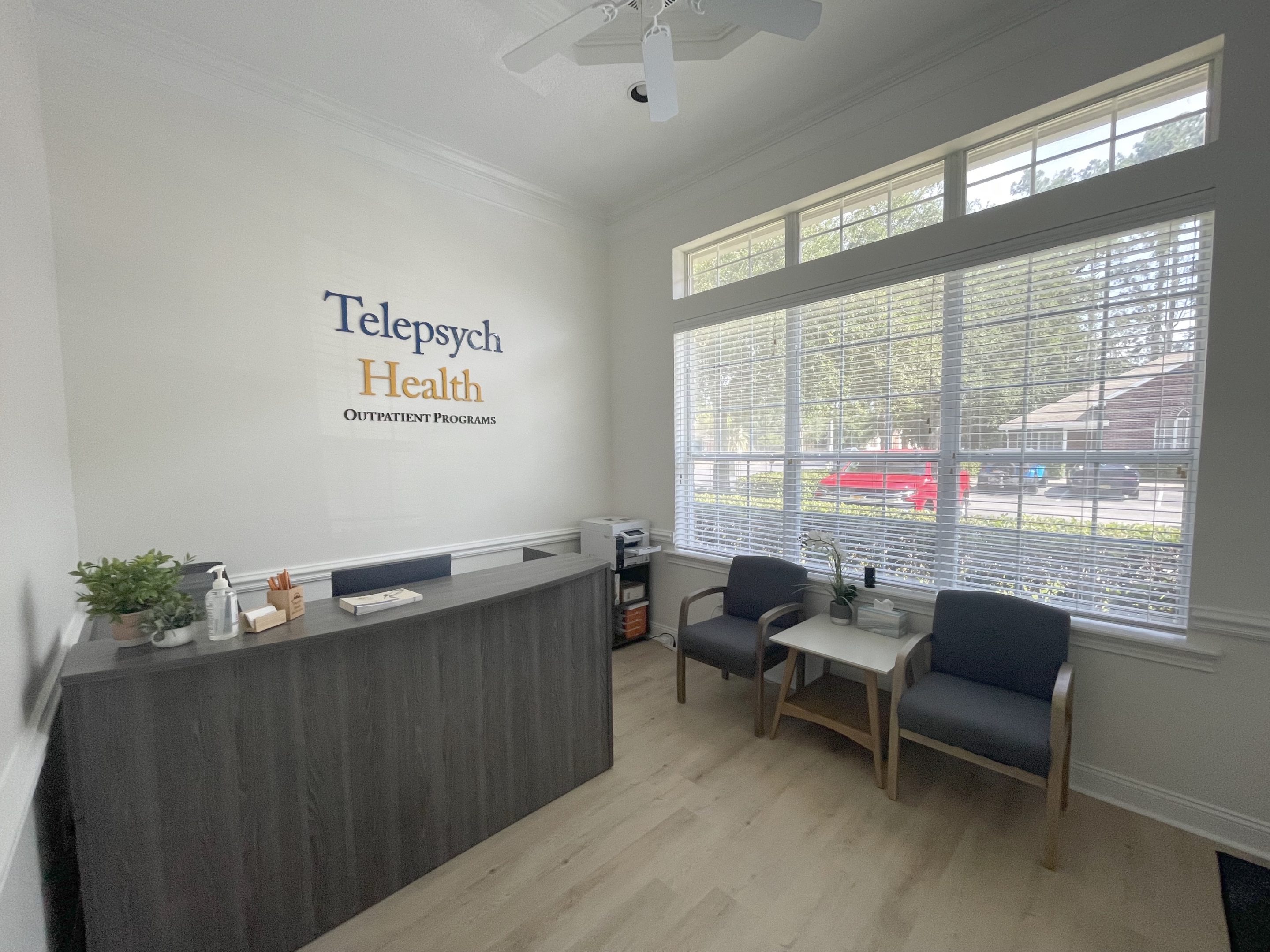What is the standard of care when prescribing a medication? What could be some pitfalls of prescribing a medication before meeting with the patient?
KEY TAKEAWAYS
- Certain companies seeking to increase access, profit, are allowing prescriptions of antidepressants without an appointment.
- Privately, the majority of psychiatrists are aghast at this practice, citing safety and ethical concerns.
- There’s little psychiatrists can do to change this practice.
The Situation
There are startup companies that allow for prescriptions of SSRIs (Prozac, Lexapro, Celexa) and SNRIs (Effexor, Cymbalta) for depression, anxiety, simply after completion of a 40-50 question form online. A clinician offline would then reviews the responses from the form, and sends the prescription. The form contains most standard questions that a psychiatrist would ask during an initial patient visit: demographic info, timeline of symptoms, rating scale questionaire, medical history, suicidality, social history, family history, substance history. Some questions in the form ask for identification and a facial photo.
The Argument
By offering a streamlined intake and prescription process, one could argue that this provides for improved access to care. The medication is also much less expensive (in the first month only) than it would cost for a typical copay + medication. The first month is $25 for the medication and evaluation, followed by $85/mo thereafter. Without insurance, most antidepressants are available from certain pharmacies for $4/mo. Thus a copay is the main expense for most patients.
In 2018, Peter Yellowlees et al., published an article that asynchronous telepsychiatry in an integrated behavioral healthcare setting could make mental healthcare more efficient. In this model, the patient would see their PCP, who would then message a psychiatrist, and the psychiatrist would return message recommendations to the PCP for medications. The PCP would then prescribe the recommended medications at the next visit.
Issue #1: Lack of accurate information due to disease illness itself
The accuracy of medical information relies heavily on the patient, who may not be motivated to convey their full situation in writing. Or the illness itself may cause trouble focusing on the tasks, little desire to complete the forms, or distortion of their perspective when self-reporting symptoms.
The patient plays a crucial role in providing accurate medical information, but some patients may lack the motivation or ability to provide a complete picture of their situation through written communication.
Issue #2: No doctor-patient trust leads to lack of disclosure of details

With no knowledge of who will review the information, patients may be more likely to withhold details due to lack of trust.
Patients may be hesitant to share sensitive information through asynchronous telehealth since they do not know who will be reviewing it and may not trust that their information will remain confidential.
Issue #3: Loss of an important means of communicating: nonverbal cues
Non-verbal cues also convey important information.
In addition to written or verbal communication, non-verbal interactions such as body language and facial expressions can also provide valuable information about a patient’s situation.
Tone and context are something that would only be picked up during an appointment.
Issue #4: To truly obtain informed consent, the patient must be afforded the opportunity to ask questions about the medication, and may be less likely to do so via text
Patients may be less likely to ask questions through messaging, even if theoretically given the opportunity to do so.
Patients may feel more hesitant to ask questions or seek clarification through asynchronous messaging compared to face-to-face communication, given the increased energy required which poses an additional barrier.
Issue #5: Concerns and fears weigh heavily on one’s mind starting a medication
Asynchronous telehealth may not provide an opportunity for patients to discuss their concerns or fears about starting a medication.
Patients may not have the chance to fully express their worries or uncertainties about starting a medication through asynchronous telehealth, which could impact their willingness to adhere to treatment.
Issue #6: Misconceptions need to be addressed
Patients may have multiple options in mind or misconceptions about medication’s purpose or targeted symptoms.
Patients may have multiple treatment options or misunderstandings (via social media) about the intended use or effectiveness of a medication, which may not be fully addressed through asynchronous telehealth.
Issue #7: Relying on the patient to review a package insert is not realistic
Patients may not fully read the package insert regarding medication side effects, missing an opportunity for education.
Patients may not fully comprehend the potential side effects of a medication if they do not read the package insert, which may limit their ability to make informed decisions about their treatment. Therefore the patient may weigh all of the listed side effects equally, whereas if they were to speak with a seasoned clinician, they would know which are the more common, more problematic side effects to monitor.
Issue #8: Connection with a clinician is extremely important in psychiatry
Lack of empathic connection may impact patient improvement.
Establishing a connection and rapport with a prescriber can positively impact a patient’s progress and well-being, but this may be difficult to achieve through asynchronous telehealth.
Issue #9: It loses the humanistic element of medicine.
Asynchronous telehealth may reduce the humanistic side of medicine.
Asynchronous telehealth may reduce the personal and humanistic elements of medicine that involve establishing a connection and understanding a patient’s unique circumstances and needs. Especially when it comes to illnesses that have key psychosocial contributing factors, and isolation at their core, human connection is essential.
This experience is not only dehumanizing for the patient, but it dehumanizes the clinician too. One could argue that a factor like this could contribute to burnout. With a very slim margin of profitability, the clinician will be forced to focus on volume. Anecdotally, clinicians have reported filling numerous prescriptions per minute, overall leading to diminished care.
Issue #10: It does not meet the standard of care
Asynchronous telehealth may not meet the standard of care for prescribing psychiatric medication to a new patient.
Prescribing psychiatric medication to a new patient through asynchronous telehealth may not meet the standard of care, as there are potential risks and limitations to this method that could impact patient safety and well-being.
Issue #11: Evidence to support asynchronous telehealth is situation dependent, and drawing a broad conclusion based on few specific studies is an example of an overgeneralization
Asynchronous telehealth should not be generalized to prescribing all psychiatric medication without evaluating the specific situation.
The use of asynchronous telehealth for prescribing psychiatric medication should be evaluated based on specific case uses and limitations, rather than being generalized as a standard practice without considering the unique circumstances and risks involved.
Recommendations
Based on the previous concerns, I would recommend the following:
- Asynchronous telepsychiatry should only be utilized after having met the patient face to face at least once. In this case, the clinician can make a decision if a new medication should be prescribed without an additional visit face to face visit.
- Asynchronous telepsychiatry could also be utilized in a primary care consultant model, where the PCP has already met with the patient face-to-face.

 Bruce Bassi
Bruce Bassi





